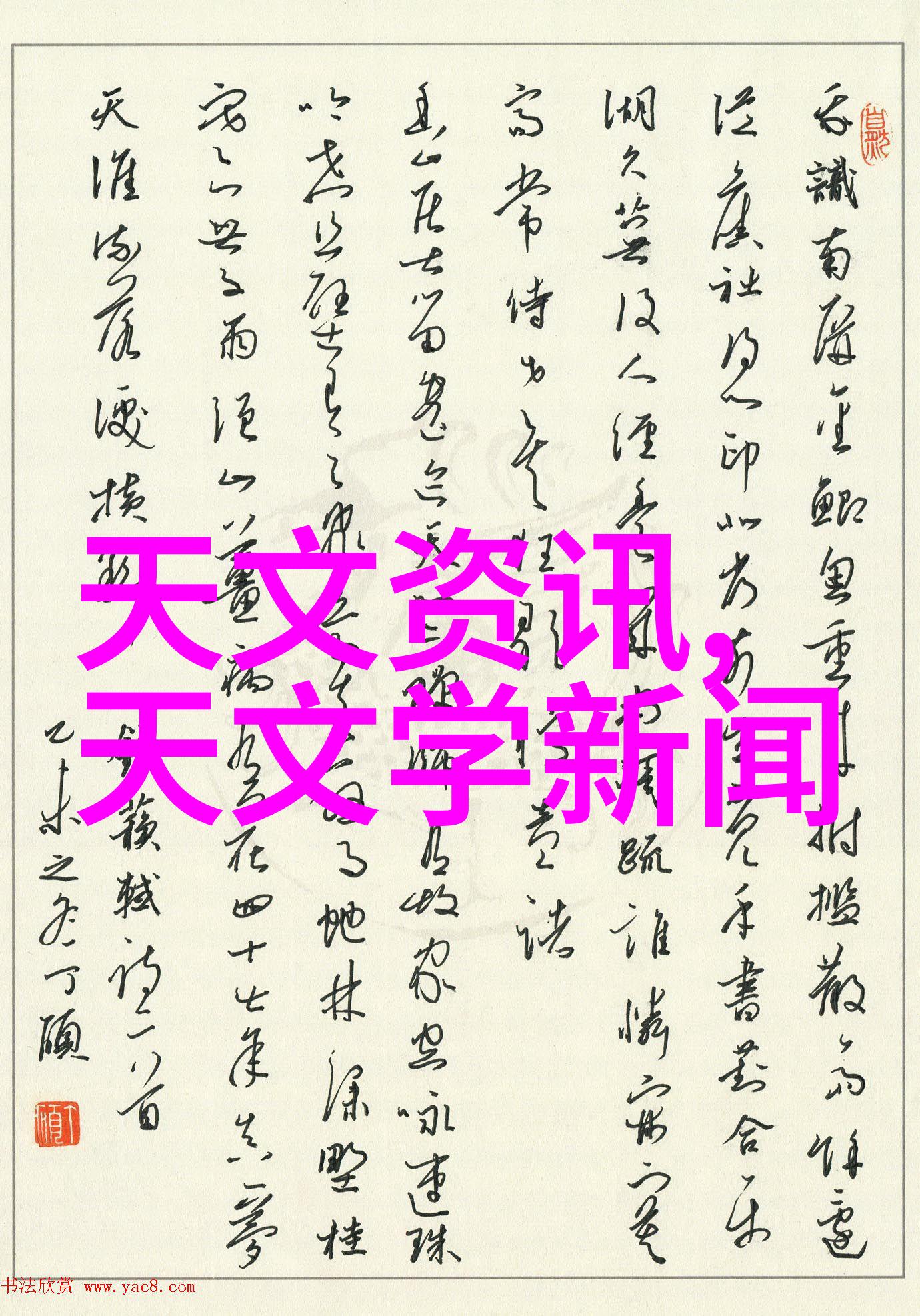在化学工业中,反应器是实现各种化工生产的核心设备。它不仅承担着物料的混合、反应和产品分离等基本功能,还需要确保整个反应过程的安全、高效和稳定。在这个过程中,反应器内部构件扮演着至关重要的角色,它们直接影响到整个反应系统的性能。

1.2 概述
关键词:化学反应;生产;设备;核心
1.3 反应器类型及其特点
- 常见类型:

- 气体流动型(如气体发生器)
- 液体流动型(如搅拌罐)

- 固体流动型(如固液混合机)
- 特点:
- 根据不同类型,其设计与操作参数会有所不同。

- 需要根据具体需求选择合适的结构设计以满足产品要求。
2.1 混合模块
关键词:混合作用;均匀性;速度;
* 设计原则:
在这里,我们需要考虑如何有效地将不同的组分混合起来,以达到最佳接触效果。这通常涉及到对流量、温度和压力的精细控制,以确保能量传递高效且均匀。

* 实施方法:
这可以通过增加更多混合作用的表面来提高,这样能够加速物质间相互作用,从而促进更快更完全的化学变化。同时,可以使用特殊设计的手持工具或自动化系统来实现快速均匀混合。
2.2 热交换模块
关键词:热量转移;温控;
* 设计原则:
在很多情况下,化学反应需要特定的温度范围才能顺利进行。因此,在设计时必须考虑到如何有效地管理这些温度差异,以维持所需条件下的稳定状态。
* 实施方法:
这通常涉及到安装冷却管道或者热交换装置以便从一个介质中吸收或释放热量。这种技术对于那些非常敏感于温度变化的大规模工业化生产尤为重要。
3.0 安全措施与监测系统
关键词:防护措施;安全监测;
* 设计原则:
Chemical reactions can be hazardous, so it is crucial to ensure that the reaction conditions are monitored and controlled to avoid accidents.
* Implementation methods:
This includes designing systems that monitor temperature, pressure, flow rate, and composition of the reacting mixture in real-time.
The system should also include alarm settings for abnormal conditions and automatic shut-off mechanisms in case of emergency.
结论
In conclusion, the design of a chemical reactor is a complex process that requires careful consideration of various factors including reaction kinetics, thermodynamics, mass transport phenomena, heat transfer processes and safety measures.
The choice of materials for construction depends on the specific requirements of each component such as corrosion resistance or thermal conductivity.
By optimizing these components we can achieve better efficiency and product quality while minimizing costs associated with production.
参考文献
[Insert relevant references here]



